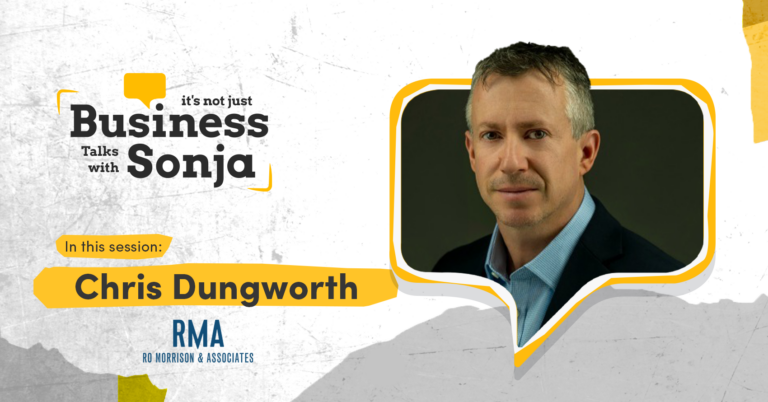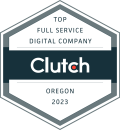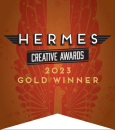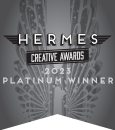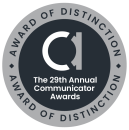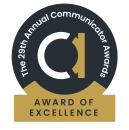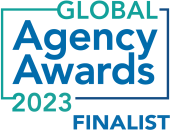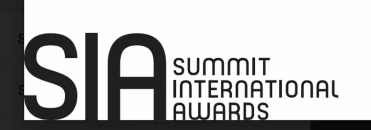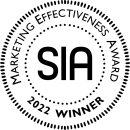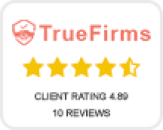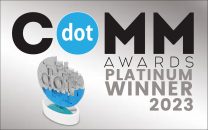Local marketing chaos is a condition that stems from inconsistent branding. Usually it’s the straying of brand standards in a franchise, specifically when one store in the chain takes an air of independence and begins to revamp their marketing strategies. They do this with good intentions to appeal to their location’s unique audience and usually to attempt increasing revenue for their store. What ends up happening, though, is that it throws them directly into what is known as ‘brand chaos.’
Brands naturally change over time as they evolve with their company. This is different from a brand that changes too much too fast and loses its way; for the more a brand strays, the more confused the company’s customers can become. This type of brand straying is typically done with a lack of understanding for how forcibly changing the branding can negatively affect the business.
When brands lose their way, the brand equity itself begins to dissolve. In fact, studies have shown that visibility, both online and offline, is four times less likely to improve in this environment. We see it all the time; inconsistent branding mistakes, even of the smallest degree, directly affect the impression you make on your customers and therefore your bottom line.
In order to ensure you don’t fall into the trap of local marketing chaos you’ll need a careful strategy along with a strong portfolio. You want to be sure you stay on track with your image and your niche so you remain an authority in the eyes of your customers.
When our clients find themselves victims of inconsistent branding we gently show them that they may have some digging to do; they will need to be able to recognize which elements of their brand are off. We assist with this discovery and then begin to instill effective branding techniques that will help to bring clarity and rescue them from this pitfall.
It takes a reset, in a sense – you get ahead of the curve by taking action immediately, but where do you even start? The feeling of overwhelm can be enormous when you’re in the thick of it. That’s when our clients seek us out. It’s too much to handle alone and probe to do best with us as their guide, to both reassess and reassemble their branding and marketing strategies.
Creating a well defined brand identity for your business ensures that the day to day interactions with your brand are simple and effective for your employees and your clients. The foundation of your brand is your logo, and each of your public platforms (websites, social media, print collateral, and other promotional material) should consistently incorporate your logo and other brand elements. Simply put, your logo and your branding is your promise to your audience, serving to remind them of what they can expect from you in each and every encounter.
In order to design and implement successful long term brand strategy, we’ll go through all of your current content, background, platforms and ideas in order to inform what will soon become your brand identity. If you don’t already have a solid start on this, we would ambassador the defining of your current brand identity (including colors, logo, and historical messaging) to help us to better understand what legacy elements to include in the creation of a visual identity.
To get a more detailed picture of exactly what we do to help clients incorporate effective branding techniques, read on for information on our three brand work options.
Brand Voice
For a carefully curated view of your brand, brought into sharp focus by our discerning experts, you can choose our Brand Voice package. This provides a handy snapshot of your current brand. We record key elements of your existing brand in a 4-page Brand Reference Guide. The guide documents your current logo, color palette (by RGB, CMYK and PMS if applicable), slogan, signature fonts, and image styles. This does not include new creative work.
Brand Messaging
For a little more in depth work with the core elements of your brand you might like to go with our Brand Messaging package. We get that people align with companies who have a clear sense of purpose and identity so with our Brand Messaging process we help to refine and define your identity in a process that marries your insight and our expertise.
We start by sending you a series of in-depth questionnaires to uncover key aspects of your brand identity and message. Our questions will prompt you to consider: Who are you in the world? Who are you not? What do you do and why do you do it? Who do you exist for? We’ll take your responses and use our branding expertise to clarify and define your brand in a multi-page document—your Brand Messaging. We may suggest some minor tweaks to your logo, slogan, or other messaging along the way. We’ll also detail the visuals of your brand in a Brand Reference Guide.
Brand Framework
Layer by layer, we uncover your identity through an intensive 2-day workshop. We dive deep into the heart and soul of your company to clarify your brand and capture it for partners, stakeholders and employees. We start with an intensive workshop that brings your core voices (typically 2-6 people) around the table. Your workshop spans two days ( 4 hrs per day) and can be conducted in Bend at our offices or held via video chat. We’ll lead you through conversations and exercises to uncover key aspects of your brand—your company’s story, audiences, character, archetypes, mission/vision/values, pitch, and value propositions. We’ll capture this valuable information in a detailed, professionally-printed Brand Book that also documents the graphic elements of your brand in a visual-based Brand Reference Guide.
Here’s the financial impact that this work has on company culture and operational health:
- 4X more successful than “like” companies or competitors who have no clarity in messaging, positioning, and brand identity
- Employees are 40% less likely to be absent
- Employees are 24% less likely to leave their job (high-turnover industries)
- Employees are 59% less likely to leave their job (low-turnover industries)
- Employees have 28% lower impact on shrinkage (inventory loss or damage)
- Employees are 70% less likely to have a safety incident
- 40% better overall quality of work
- 10% better overall customer satisfaction, engagement, and loyalty
- 17% increase in productivity
- 20% increase in sales
- 21% increase in profitability
But, how do we determine company cultures that are filled with “engaged employees” or “disengaged employees?” Forbes defines the engaged employee as one who is passionate about the brand, believes in its mission, and shares its values. If a brand has no published internal clarity or understanding on brand positions, vision, mission, values, etc., then it’s dangerous to assume that the employees in that environment are truly “engaged.” Belief in the mission and alignment in values are necessary for employee engagement – so, if those are things that we don’t have clearly defined for our employees to engage directly with and become passionate about; then we are directly contributing to our own employee disengagement.
When you are up to your eyeballs in problems due to inconsistent branding, the good news is that you don’t have to adjust to the chaos. Let us help you find your new calm by declaring your new voice in the quickly changing business landscape of today. Contact us now.


